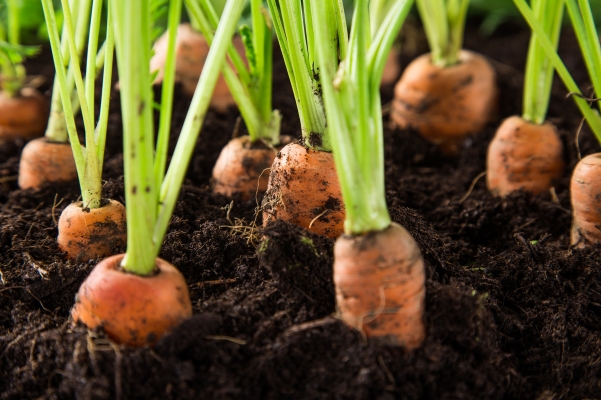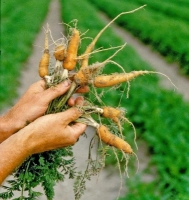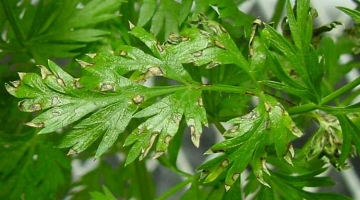General Information
Carrot "annual" or "biannual" herb belongs to family of Umbelliferae and it is native of "Europe". It is a great source of Vitamin A. Carrot is major vegetable crop of India. It is used for fresh consumption. Also, pickles and sweets are made from it. Kanji, rich source of carotene, a good appetizer, is made from black carrot. Carrot leaves are used for fodder purpose also used in making of poultry feeds. Carrot Haryana, Andhra Pradesh, Karnataka, Punjab and Uttar Pradesh are major carrot growing states.













